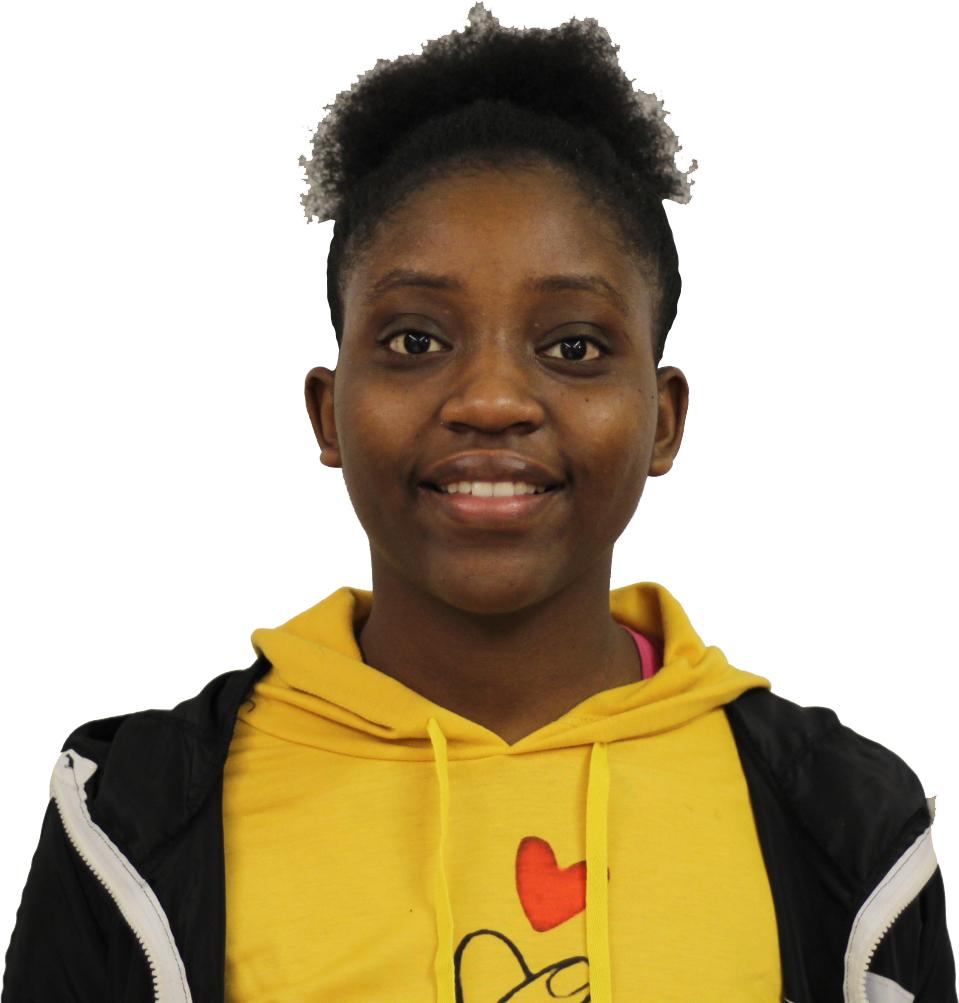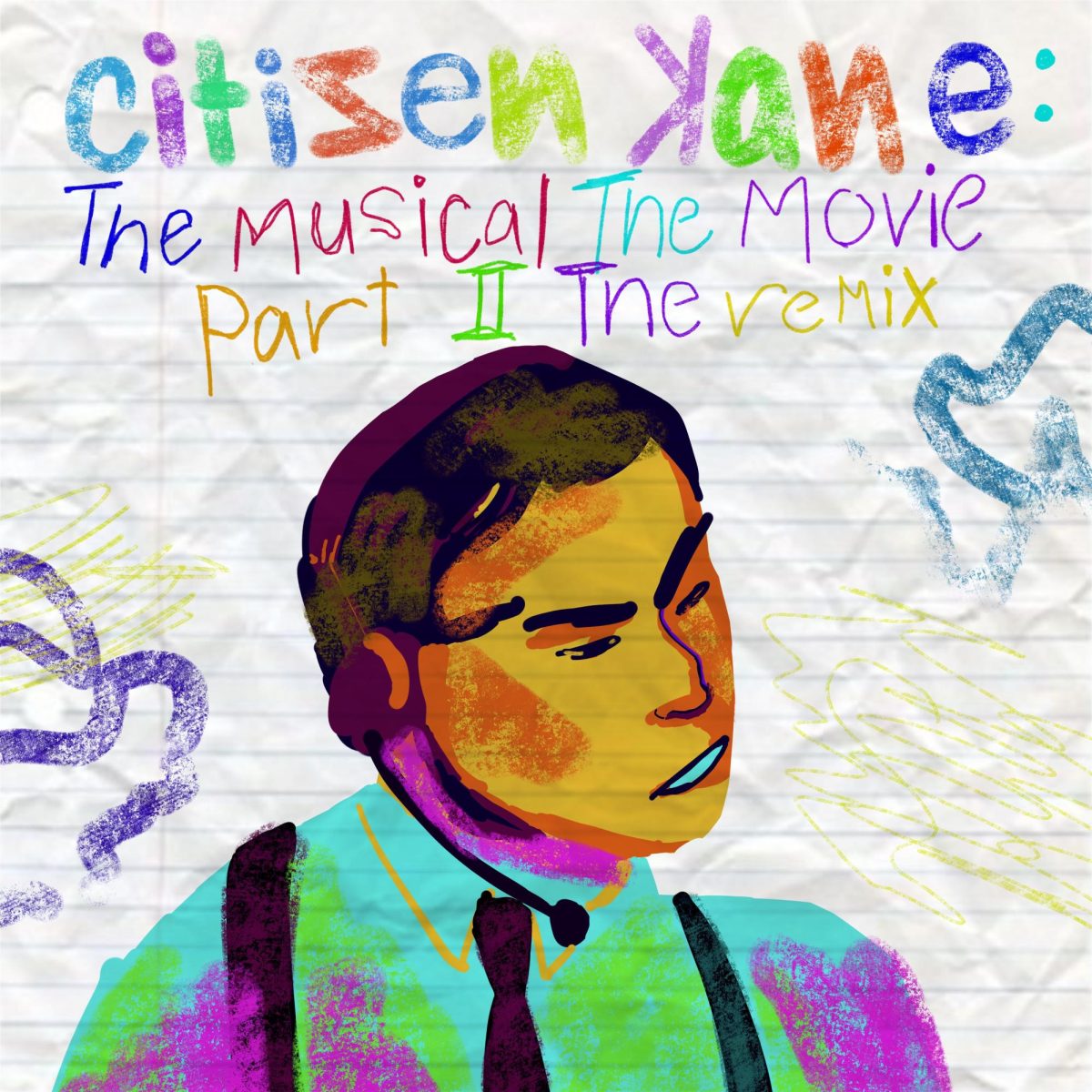By Julienne Alphonse

Loy Norrix is one of the most diverse high schools in the Kalamazoo area, it consists of students from a variety of different communities, cultures, and countries.
As a refugee, I am part of this diversity. I came to the U.S. two years ago as a refugee student from Malawi, Africa. Adjusting to the U.S. education system was hard for me because of the cultural and environmental change. English is my third language, and even though I am fluent, it has been hard for me to understand and follow some of the rules here at Loy Norrix.
Most of the immigrant and refugee students that attend LN have come from countries with different backgrounds and education systems. Some come from countries where they could not find any education opportunities due to war. Often when students get into the U.S. the education system it is a different world for them. They face a lot of challenges like a language barrier, course schedules, getting to classes and understanding school rules. Loy Norrix as a school can help immigrant and refugee students reduce all these obstacles through effective communication.
Most of the immigrant and refugee students are easily confused or unsure about how to do what are normally considered basic tasks like how to get lunch, how to get to their next class, and how to get on the school bus. Many of these problems can be resolved by a quick tour around the school with a staff member or a fellow students.
“From a teacher’s perspective it would be resourceful if we had easy access to interpreters or translators to help them navigate and learn the new environment,” said English Second Language (ESL) teacher Josephine Sepanski.
The school could have an organization made up of students or staff that could volunteer to help immigrant and refugee students that are just enrolling at Loy Norrix, similar to Link Crew which helps with freshman orientation. This could help the immigrant and refugee students get an overview of the school.
Classes and standardized testing are some of the other obstacles immigrant and refugee students face. A large number of immigrant and refugee students don’t even know what standardized tests are.
“I think that it is great that Norrix requires College Readiness as a class in order to graduate, but I do think that there is confusion about what is necessary to graduate and what the next steps are [after graduation],” said ESL teacher Emily Gibbons.
College Readiness is one of the classes that prepares students for SAT testing and college. I myself am taking the class this trimester. Most of the information that I am learning in this class focuses on college and preparation for graduation which is kind of too late for me because I am already a senior. I regret taking this class this late, but then again, I never knew about the class or that I was required to take it.
Most U.S. students go to high school knowing what the SAT is and how it affects college decisions. This is different for immigrant and refugee students. Not enough information is given to us on what the SAT is and the type of classes that can help in improving our SAT scores. Some of my fellow immigrant and refugee students retake easy classes like gym without knowing that there are other classes that can help with the SAT and college preparation.
Involvement in extracurriculars activities is an opportunity that immigrant and refugee students don’t often partake in.
“Very few immigrant students are involved in school organizations and clubs. Most of them are not aware of them,” said Sepanski.
It’s not that we don’t want to get involved in after school activities, it’s just that not enough information is given to us about it. Most of the organizations and clubs at Norrix are announced in the morning announcements, but they are all in English, which is a barrier to the immigrant and refugee students with low level English skills.
According to the article “The Advantages of Extracurricular Activities” from The Good Schools Guide, “extracurricular activities are great for developing general academic and soft skills. Being part of a group or team provides a sense of belonging.” Being involved in extracurricular activities could help immigrant and refugee students feel more accepted at Loy Norrix.
“If I could improve anything, I would improve the culture communication between students, staff and administrative,” said Sepanki.
According to the article “Lesson From Public Schools Succeeding In Helping Immigrant Students Become Americans,” by Anne Wicks of “The 74,” “schools must provide more than English language skills to help immigrant students achieve academic success and self-sufficiency in their new country.”
If the mission in Kalamazoo Public Schools is to “Nurture the dreams of all students and empower all students to contribute to a better world,” according to the district website, then it should improve its communication with immigrant and refugee students in order for them to succeed in high school.
Categories:
How Loy Norrix Can Help Immigrant and Refugee Students Succeed in High School
April 17, 2019
1
Tags:
More to Discover









